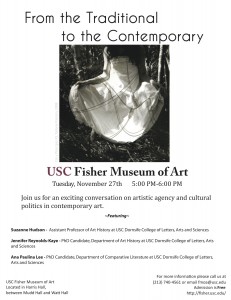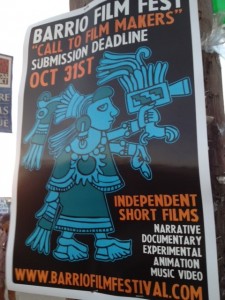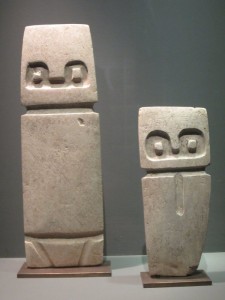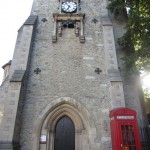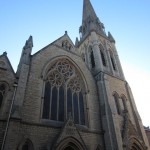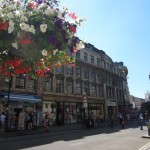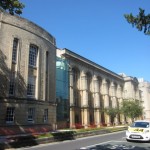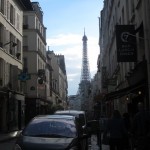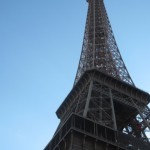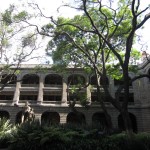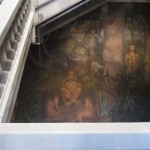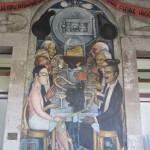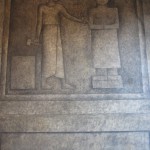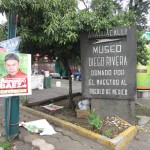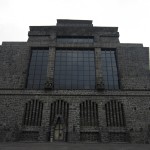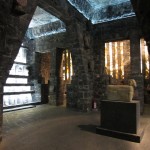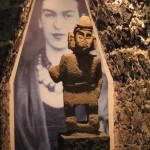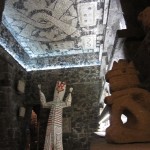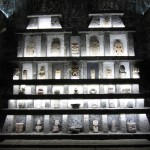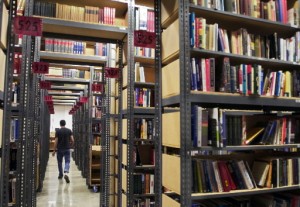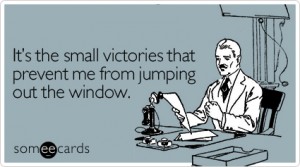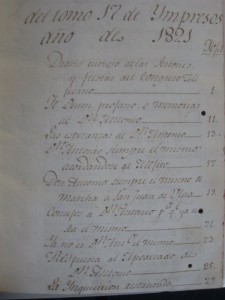It’s my last full day in Paris and it started with Bon Iver on the radio. This made me a bit homesick. Plus it’s a Saturday, which means that my body & brain instinctively move slower. But as it’s my final day for research and I still have three reels of microfiche to review, I’m determined to get as much done as possible. Tomorrow I head off to Barcelona for the Decolonizing Knowledge and Power Summer School — the second part of this three part research trip.
In honor my time spent at the BnF (Bibliothèque nationale de France), I thought I’d share a few things that I learned about the library for my own reference and for anyone who’s thinking of heading there:
1) Fill out an online application to get pre-approved (Formulaire de pré-accréditation). It takes a day or two to get approved (though online it says 10 days…)
2) Go to the EAST wing of the library at Mitterand to get your ID card. Make sure to bring money, since a 3 day pass will cost you about 8 Euros or so.
3) Check your oversize Longchamp bag, but make sure to remove your MacBook Air, moleskine notebook, water, apple, and pen before heading in. If you’re working in the manuscript section of the Richelieu, leave the latter three items in your bag and take a pencil. Take some money (coins and small bills) if you’re even thinking of possibly photocopying or printing something b/c you’ll need to buy a card for that from a machine that doesn’t give change.
4) Note that because you’re using a MacBook Air, you won’t be able to plug into their internet system since they don’t have wifi (!). Then bemoan the fact that your virtual connection to the outside world will rely solely upon computer kiosks with those really funny French keyboards.
5) At Mitterand, scan your pass and head down the two extremely long escalators and straight to the librarian’s desk. Hopefully a friendly English-speaking Brazilian PhD student will be patient enough to walk you though the process of reserving a seat in one of the reading rooms online as well as explain how to reserve books online. Definitely use this online catalogue. You’ll also be able to create an online account with your library card which will allow you to reserve space, books, etc. in your next visits. If you’re looking for manuscripts, it’s a totally different website to view their collections (of course).
6) Eventually you’ll realize that what you actually need is at the Richelieu branch, which has more limited hours, so you’ll hop on the Metro 14 and take the 15 minute ride over there.
7) You’ll have to make really good friends with each of the rotating librarians (they change every 2 hours or so, it seems) because you’ll need to request extremely valuable manuscripts and lots of microfiche. The nice thing about the manuscript dept. is that you can make requests on the spot for most of their collections, though I think you can also use this online formulaire.
And you’re off! Until your lunch break, which if you’re at Richelieu will definitely consist of some yummy Japanese food from the dozens of delicious looking Japanese restaurants nearby.

